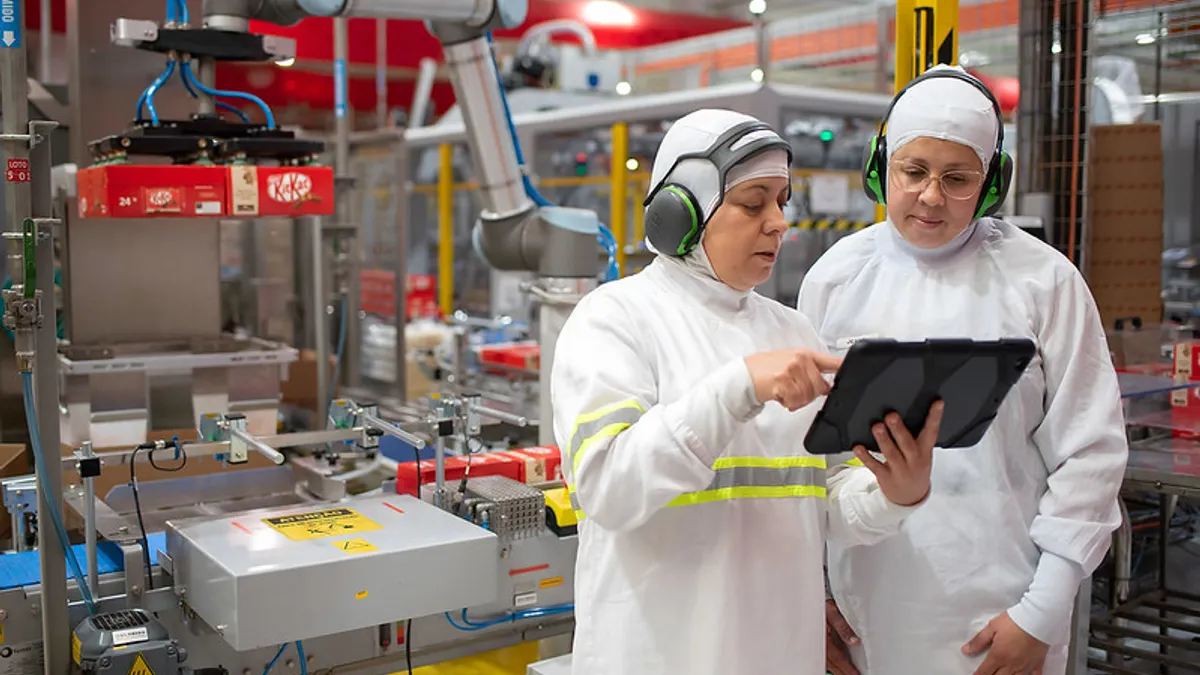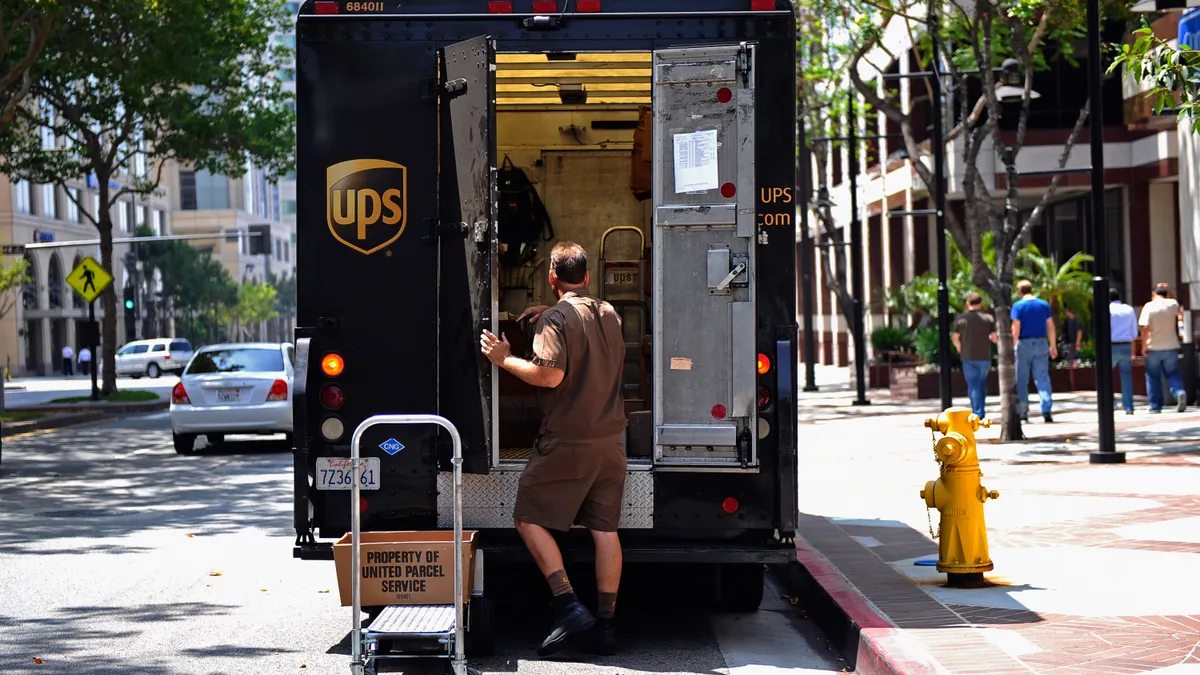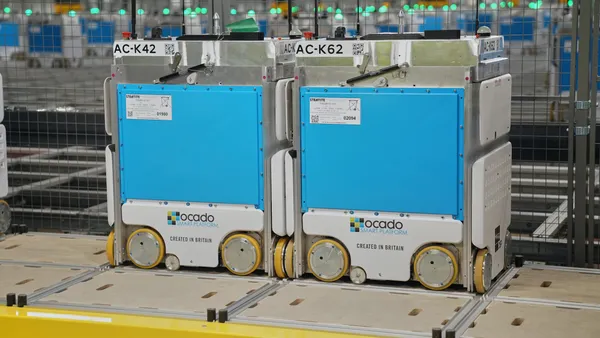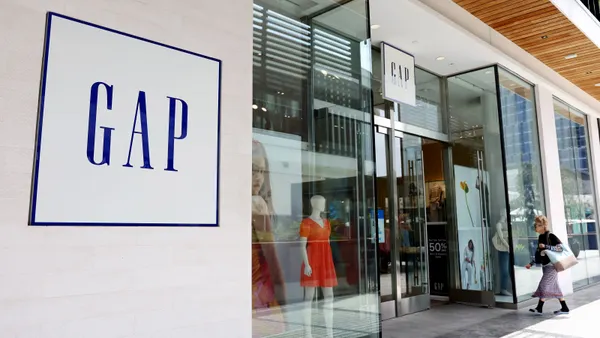As supply chains bend under mounting pressure, new research from Deposco reveals that leaders have a critical choice to make this year: adapt or risk a breaking point.
In 2025, peak season is set to test the limits of supply chain leaders as they prepare for volatility while trying to hit demand revenue goals.
To uncover where supply chain leaders are devoting time and resources when it comes to peak season, we take a close look at the four initiatives they plan to focus on so they can uphold customer promises and achieve operational targets during the busy season and beyond.
1. Safeguarding operations with improved resilience
To improve peak season performance, 34% of respondents plan to invest in supply chain resilience. For many leaders, this means:
- Diversifying suppliers (48%) to reduce dependency on single suppliers and better absorb supply shocks
- Upgrading fulfillment systems for better visibility (28%) to gain real-time insight into inventory and orders
- Adding safety stock for critical items (26%) to maintain customer service levels
- Investing in automation to reduce dependence on labor (26%) and increase efficiency amid labor shortages
For leaders who want to excel during peak season and strengthen operations year-round, these investments should also be paired with technology platforms that support the longer-term picture. For example, unified supply chain execution software that continues to evolve as demand and business needs change can:
- Enable quick time-to-value
- Provide a flexible architecture to bring on new solutions that live under a single platform
- Allow you to tailor the platform to your evolving needs
Shoring up operational resiliency in these ways, with technology at the helm, lets supply chains absorb shocks and pivot quickly.
2. Advancing demand accuracy with better forecasting
Forecasting can drive growth or derail performance for supply chain leaders. As a result, this is an area that calls for renewed focus for 34%: These executives plan to invest in improvements to boost forecasting accuracy.
This is a smart move for leaders who want to turn accurate demand planning into a competitive advantage and stay ahead of seasonal volatility. Better forecasting helps:
- Fuel stock availability
- Optimize inventory
- Reduce carrying costs
- Protect sales in unpredictable markets
3. Boosting agility with more 3PL collaboration
As supply chain complexity increases, and leaders seek flexibility, partnerships with third-party logistics (3PL) providers are on the rise. This year, 28% of surveyed supply chain executives plan to expand these partnerships to improve flexibility.
Working with the right 3PL allows companies to scale capacity on short notice and reach new markets with less risk. It also:
- Accelerates time to market
- Reduces capital investment requirements
- Allows improved responsiveness to disruption or surges
When integrating external logistics partners into the supply chain, success often comes down to the tech stack investments made by the 3PL. For example, 3PL partners must be able to offer their customers real-time visibility into inventory and orders to maintain speed, accuracy, transparency, and customer satisfaction.
4. Easing labor issues with smarter automation
Workforce shortages and rising labor costs continue to put pressure on supply chain operations, and executives recognize that these challenges are here to stay.
According to last year’s peak season survey data from Deposco and Supply Chain Dive’s studioID, automation investments were top of mind for a little over half of executives as they looked for ways to boost productivity through advances like robots or automated conveyor systems. This year tells a different story … one that addresses labor constraints in a variety of ways.
While automation is still a priority, with 26% planning to invest, leaders recognize that automating for peak readiness doesn’t always mean robots on the warehouse floor. It often means deploying sophisticated software foundations that can support critical workflows like order management, inventory allocation, and fulfillment coordination.
Digital platforms must also be aligned with other workforce strategies to amplify the value of existing teams. For instance, nearly all respondents (88%) are cross-training existing workers to increase flexibility and maximize talent utilization. More than seven in 10 respondents (76%) are increasing compensation to attract and retain employees.
When paired with strong initiatives, digital solutions can help supply chains scale efficiently during peak periods, minimize manual work, and keep skilled employees focused on higher-value tasks.
It’s time to unify the supply chain
To tackle the challenges they’ll face during peak season and beyond, supply chain leaders need a comprehensive fulfillment platform that keeps long-term performance front and center. While point solutions can address isolated pain points, holistic solutions can connect and streamline the entire supply chain.
By providing a single source of truth across supply chain operations, from sourcing to fulfillment, Deposco enables teams to sync their 3PL relationships, automate critical processes, and maintain optimal inventory levels while delivering real-time analytics that support cost control year-round.
Learn more about how supply chain leaders are navigating this year’s peak season.










